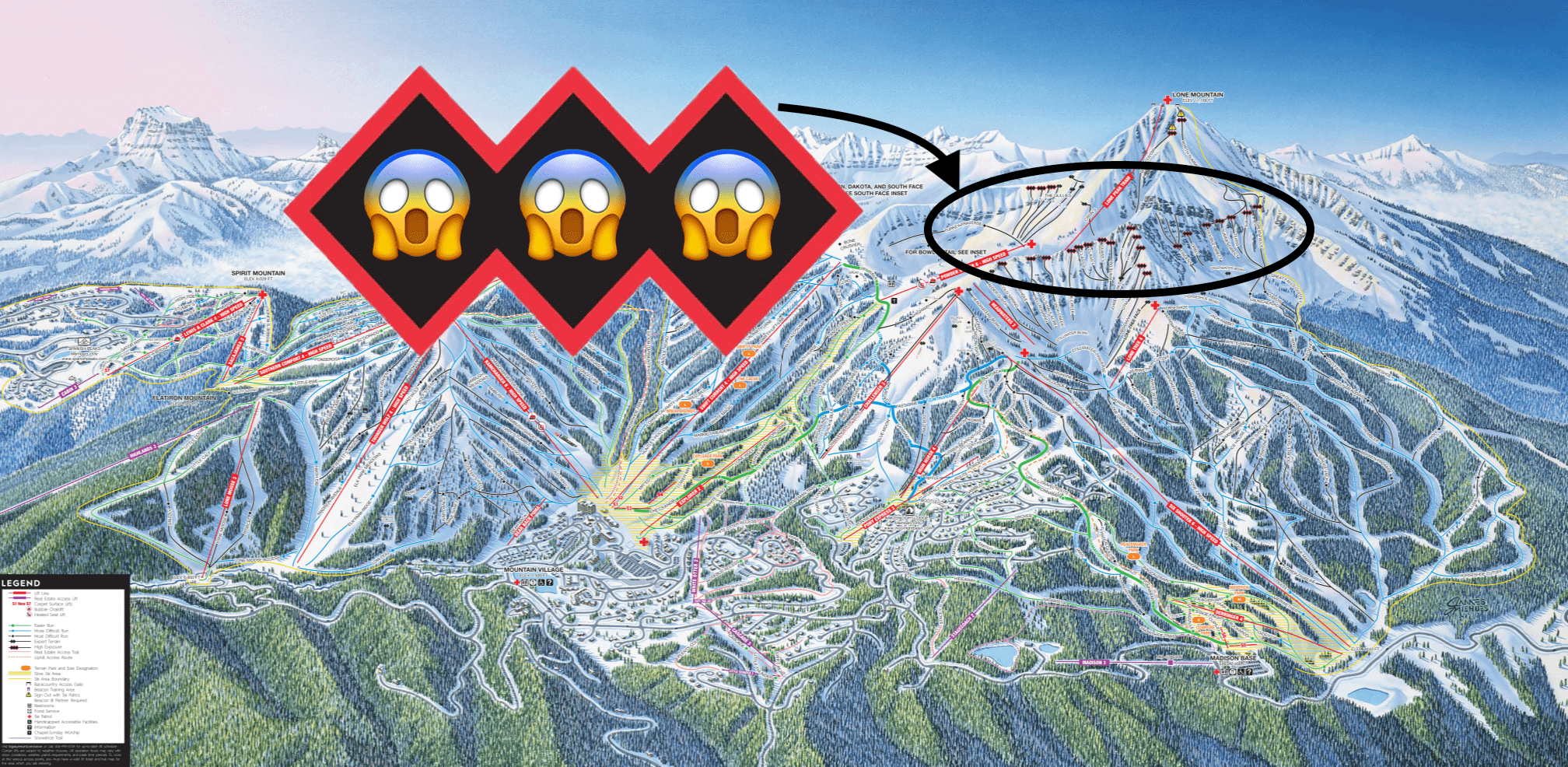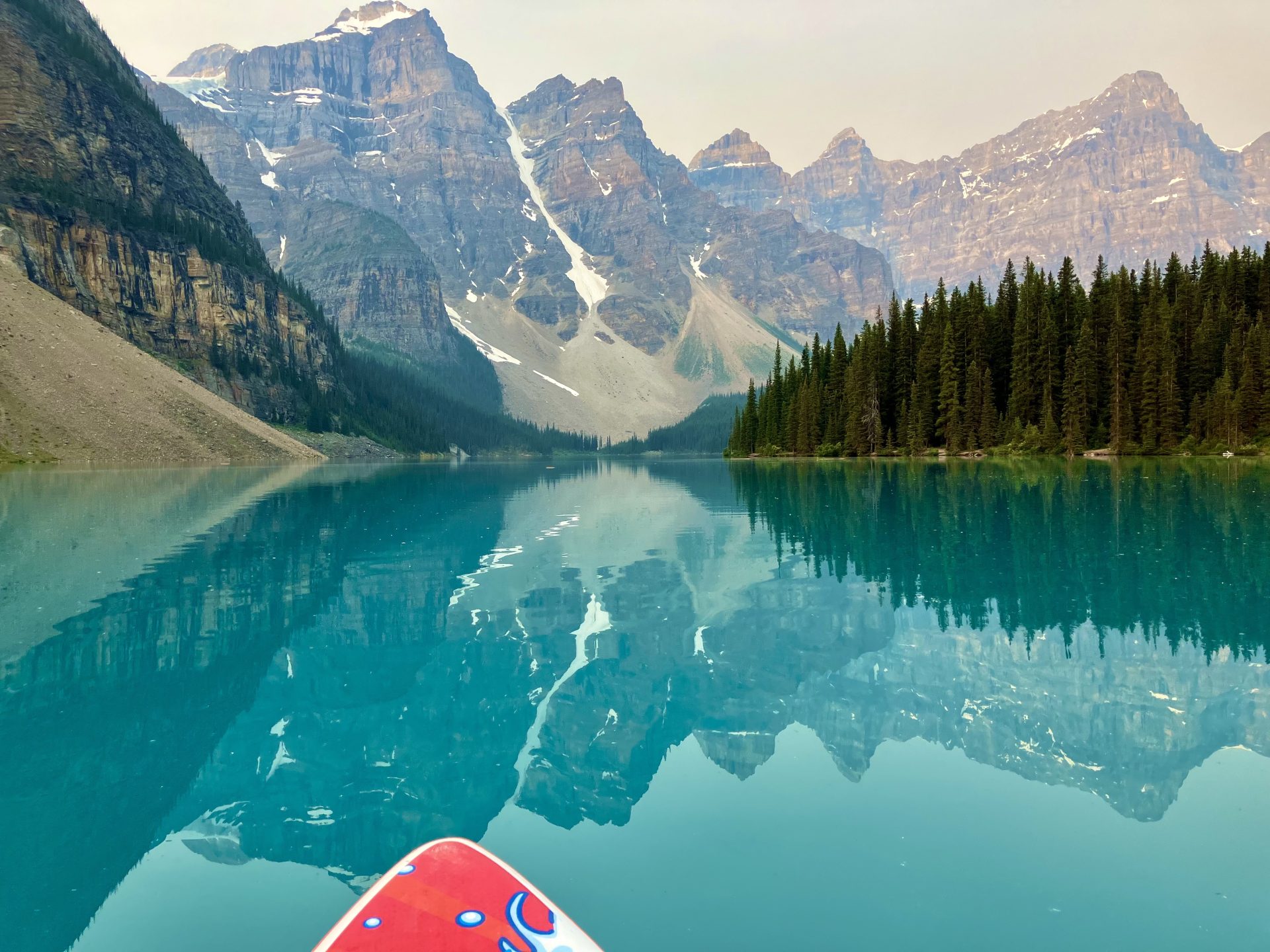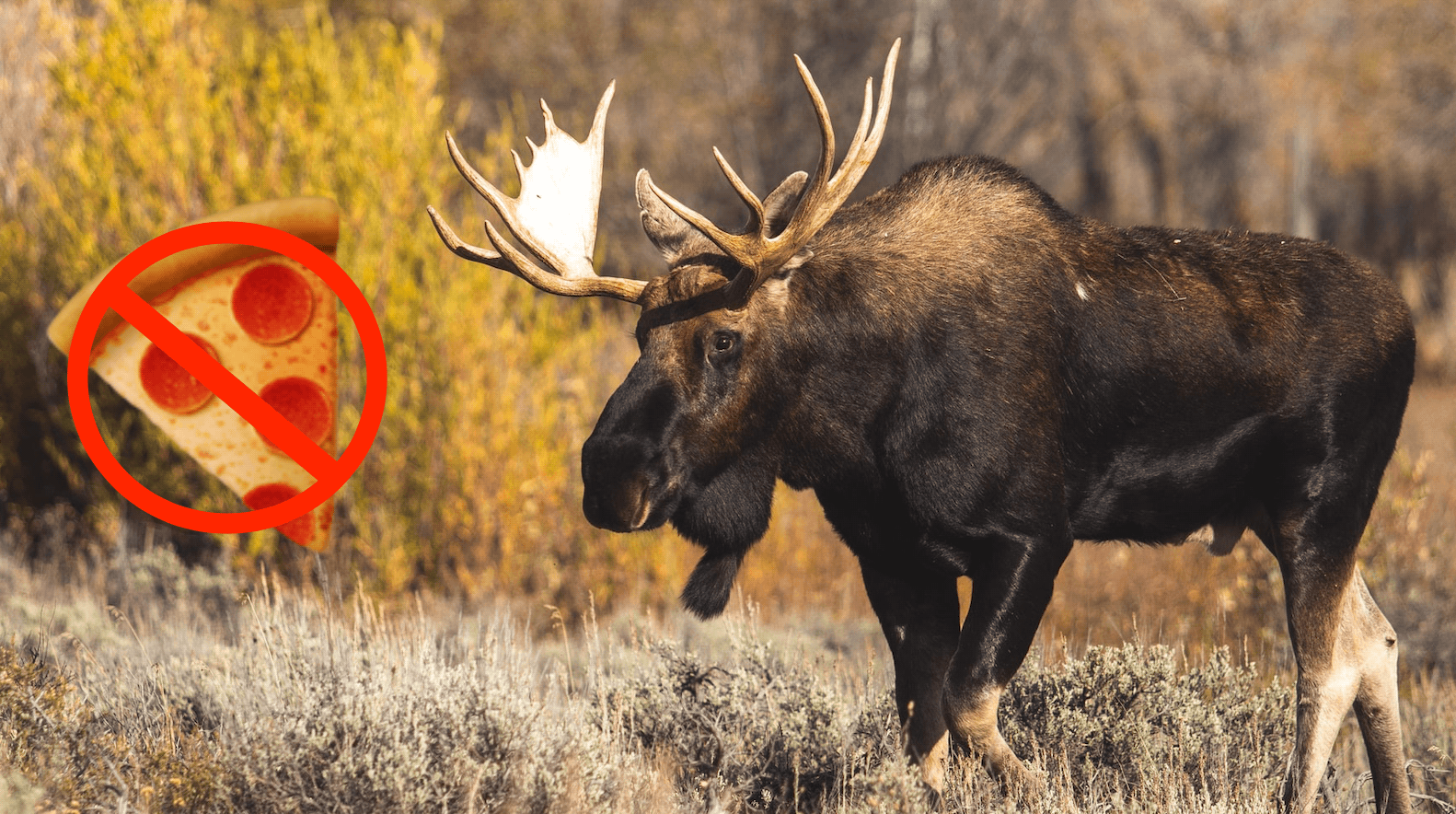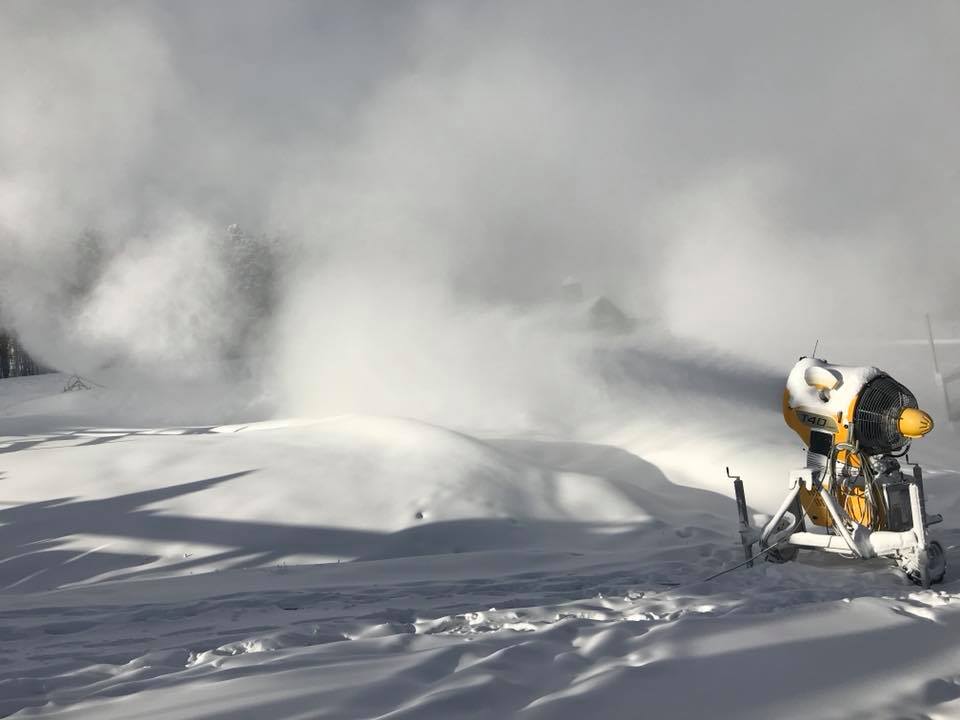
According to The Salt Lake Tribune, Colorado ski resorts can make snow consistently, even during droughts. Resorts have worked hard over the last 40 years to attain snowmaking systems and access to water that allow them to open on time, regardless of precipitation. The focus on snowmaking in the industry kicked off after two really dry years in 1976 and 1980.
“Those were the seasons when Breckenridge trucked in chunks of ice chiseled from St. Mary’s Glacier and when Steamboat deployed locals to shovel snow onto bald runs,” reported Jason Blevins, journalist for The Colorado Sun.
The revenue loss from these seasons sent a clear message to ski resorts; If they wanted to be consistently profitable, they would have to devote more of their resources to snowmaking and obtaining water rights.
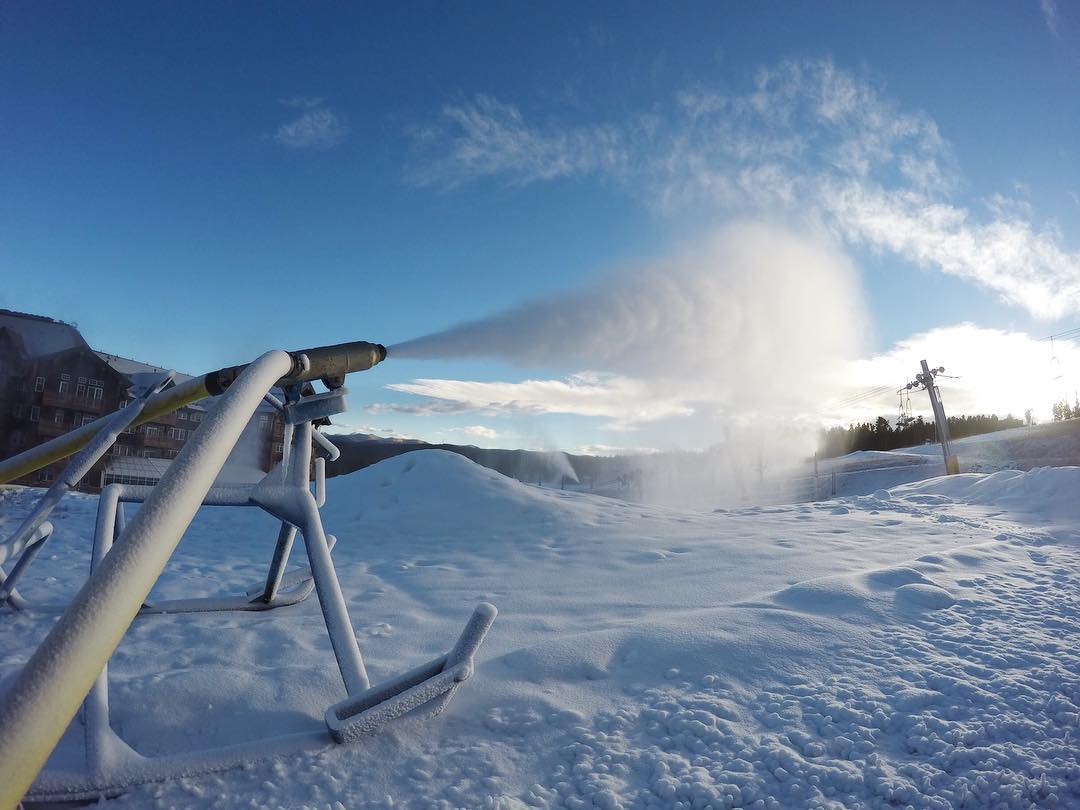
Ski resorts began to purchase more and more water rights. These rights allow them to pull water from a source, such as a stream, river, or reservoir, to fill private storage, where it is ready to be used for snowmaking. They also invested in more water storage, furthering the dependability of their water supplies. Resorts are almost always able to draw enough water due to the time of year that they use it. They need the water most in late fall, when the demand from other industries is decreasing. Because of this, resorts typically have access to more water than they require, and it would take a remarkably dry season to cause a shortage.
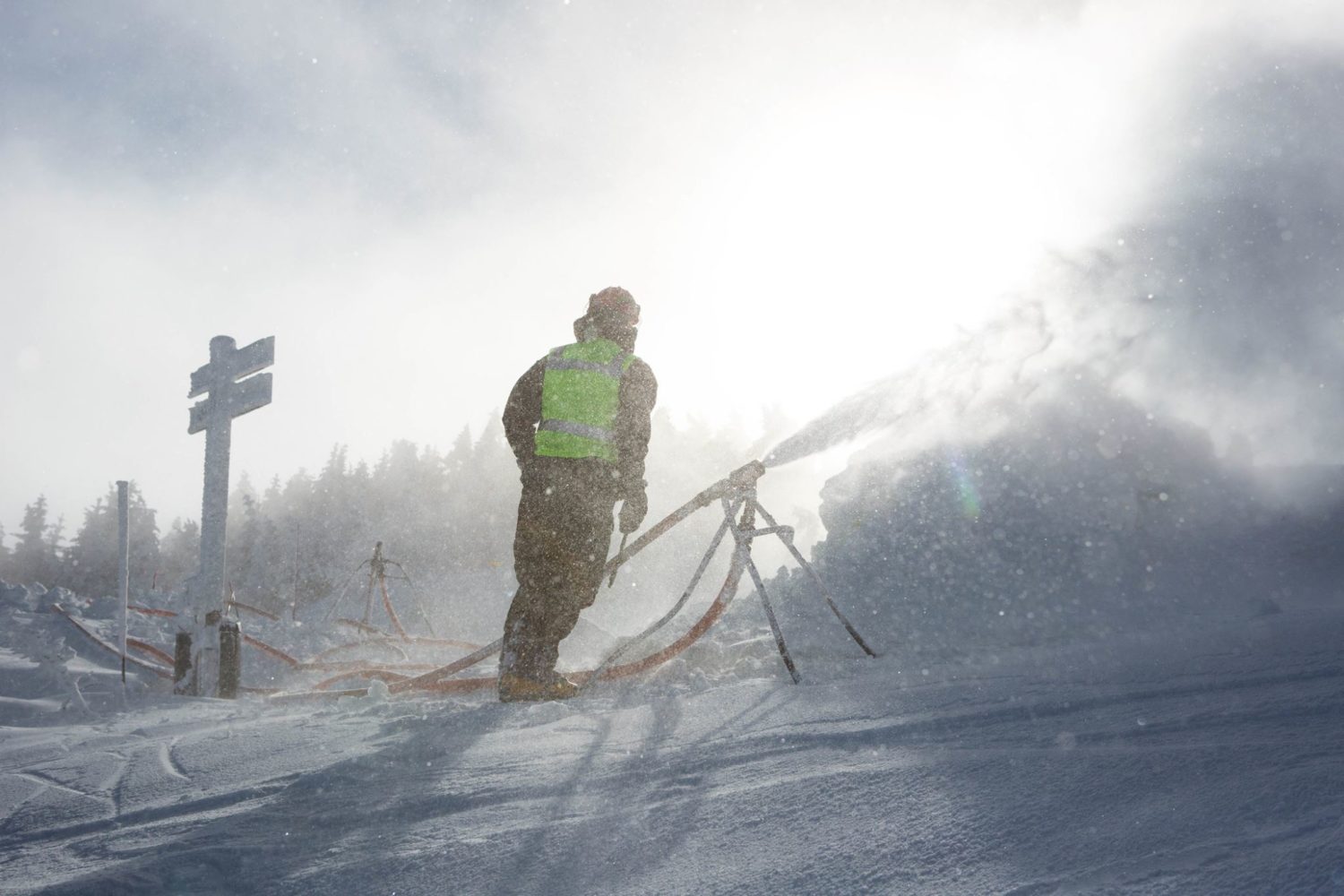
In the worst case scenario, where rivers and reservoirs run dry, there is still a way for ski resorts to keep snowmaking. Arizona Snowbowl has been making snow with treated wastewater since 2012, and other resorts are following suit. While using wastewater for snowmaking costs more than using water from natural sources, it effectively recycles water that would otherwise pollute the environment, and it provides a very reliable way for ski resorts to get their water.
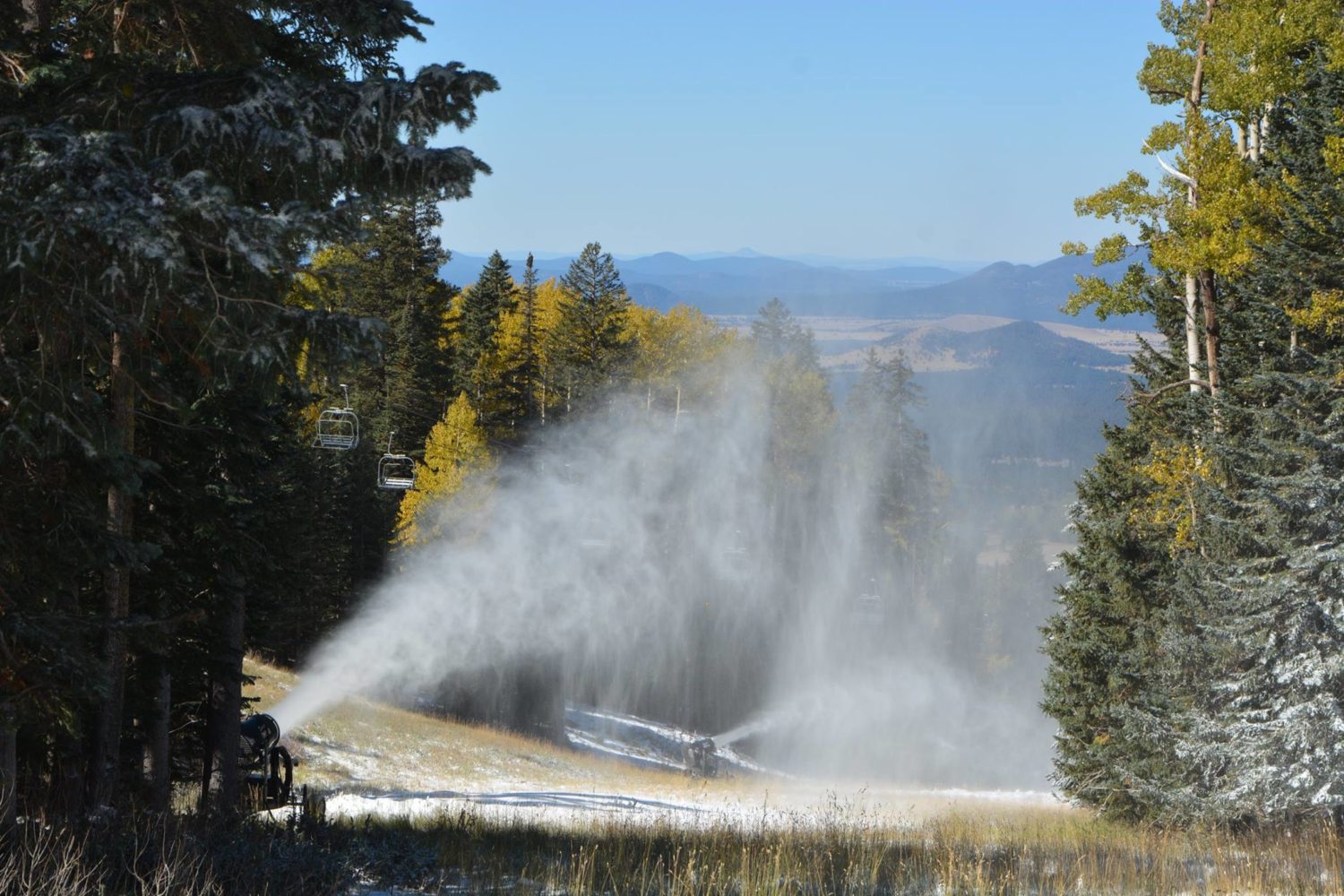
So you don’t worry too much about ski resorts running out of water to make snow with. They’ve got that part figured out. The only factor that can really sabotage a ski season nowadays is warm temperatures. No matter how fancy the snowguns are, they still need low temps to work.

